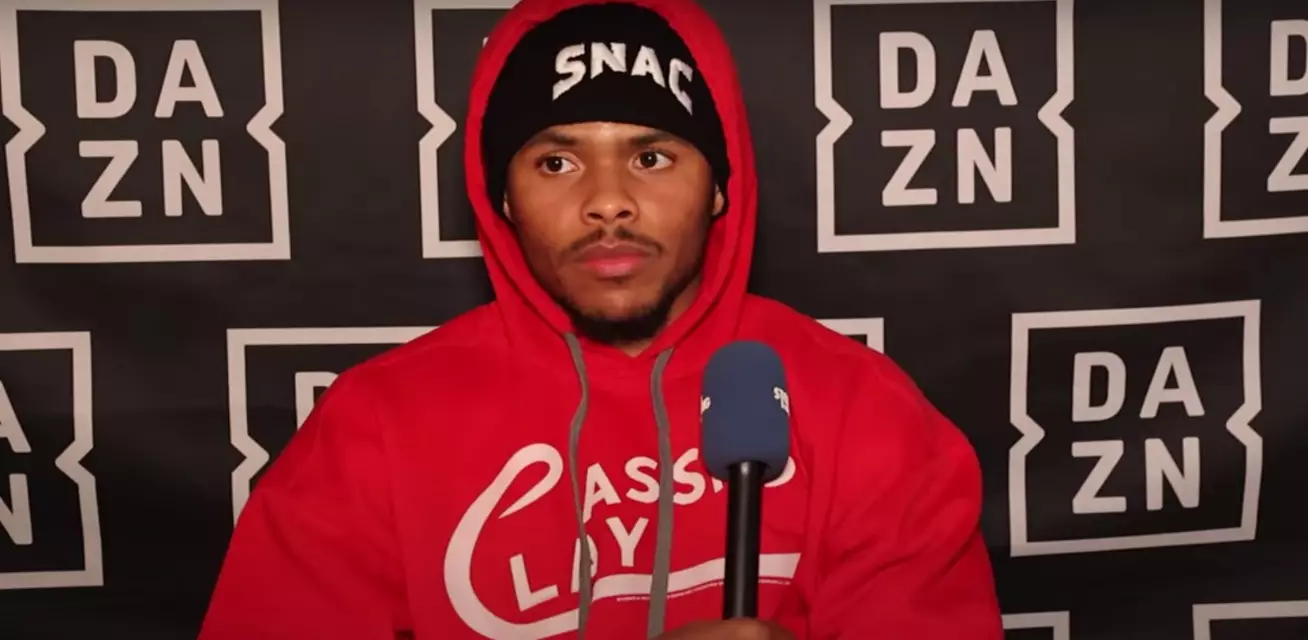In the dynamic world of professional boxing, the matchups one chooses can often dictate a fighter’s trajectory. Shakur Stevenson, a rising star in the lightweight division, has recently found himself confronted with an unexpected turn of events, as his slated opponent, Floyd Schofield, has fallen ill. This predicament has prompted discussions about potential replacements, namely Josh Padley and Moussa Gholam, neither of whom possess the pedigree typically associated with championship bouts. This scenario not only highlights the vulnerabilities inherent in the selection process but also raises critical questions regarding the implications of overly cautious matchmaking.
Shakur’s initial choice of Schofield—a relatively inexperienced 22-year-old—has drawn scrutiny. Critics note that opting for less seasoned fighters can potentially backfire. The decision to bypass established contenders like Andy Cruz, Ernesto Mercado, and Edwin De Los Santos may indicate a desire to protect one’s record rather than challenge oneself in the ring. Such a strategy is fraught with risk; if Stevenson were to secure a victory against lower-caliber fighters like Padley or Gholam, it could hardly bolster his reputation or credibility in the eyes of fans and industry insiders. The boxing community often emphasizes the importance of facing strong, competent opponents to enhance a fighter’s legacy, and failing to do so can lead to a stagnant career.
The implications of Stevenson’s matchmaking choices extend beyond his immediate career. Should he proceed to face one of these lesser-known alternatives, it could jeopardize future opportunities, such as a much-anticipated bout with Gervonta Davis. The competitive landscape of boxing thrives on high-stakes matchups; however, a series of uninspiring performances could provide Davis with the excuse to sidestep a confrontation. The pressure on promoters like Eddie Hearn intensifies here, as they are responsible for curating compelling narratives that capture audience interest. If Stevenson continues on a route dominated by inexperienced opponents, he risks missing out on major fights that define a career.
In light of these developments, it may be prudent for Stevenson and his management team to contemplate the broader implications of their navigational choices. While the potential of rescheduling or canceling the fight altogether presents itself as an alternative, the absence of a high-profile bout could also diminish the momentum he has been building within the sport. Fighters must demonstrate both resilience and adaptability, especially in an era of rapid changes. Perhaps this episode serves as a turning point, urging Stevenson to reevaluate his approach to rival selection and reaffirm his commitment to pursuing challenging opponents.
Ultimately, Stevenson stands at a crossroads. This incident underscores the importance of strategic planning in the boxing arena. Going forward, aligning his career with competitive fighters could not only fortify his standing within the lightweight division but also ensure a legacy that resonates positively with fans. Hearn, along with Stevenson, needs to embrace a vision that prioritizes formidable opponents over convenience—a decision that could pave the way for a more illustrious and sustainable boxing career.

